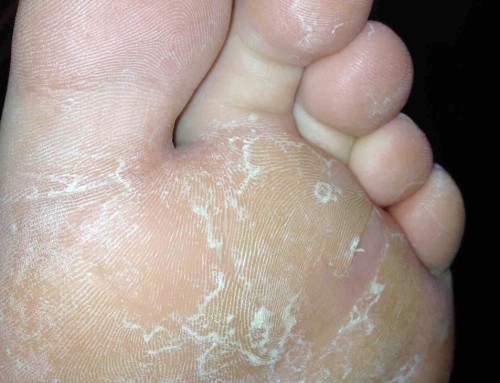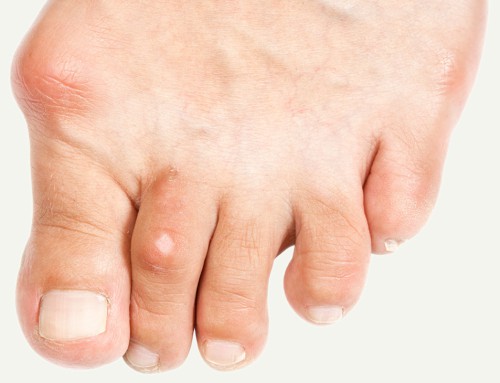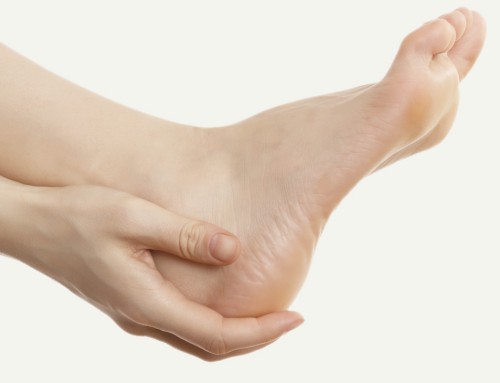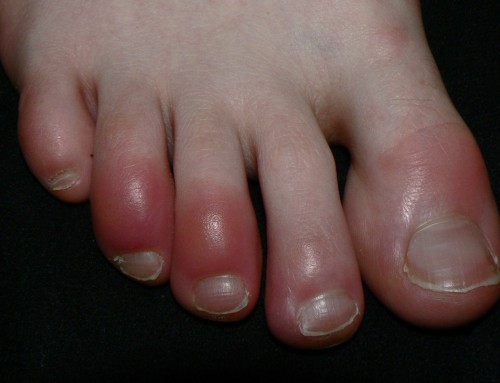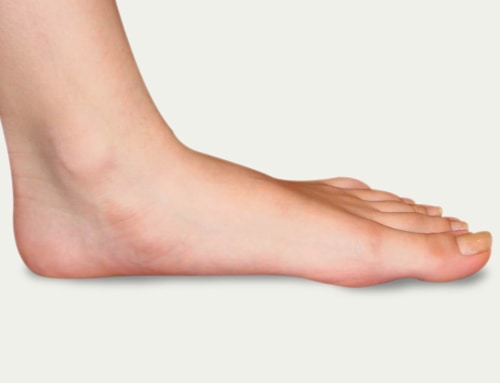Project Description


Corns and Callus
Perhaps the most common reason that people seek treatment from a Podiatrist is to deal with callus or corns, as they can be very painful and make walking difficult.
Pressure is the key to the formation of callus and corns. Intermittent compressive forces (from walking) cause a response from the skin to produce callosities. This layer can at first be protective, and an advantage, but they can very quickly become painful if they progress to far.
A corn is a small, usually conical structure that forms from pressure. It is formed within the skin, is very hard, and can cause a lot of pain. Common locations for corns to form are on the tops of toes, or underneath the metatarsal heads on the plantar aspect of the foot.
Corns and callus can be very successfully treated by the skilled hand of a Podiatrist. They can use a scalpel to painlessly remove corns and callus. The aim is to prevent the structures reforming whenever possible, and this can often be achieved by changing footwear or redistributing pressure.
Diabetics who suffer from callus and corns should have regular treatment to debride these. As diabetics are at an increased risk of reduced sensation, it is vital to maintain the integrity of the skin, and reduce the risk of ulceration of the tissues on the foot, debridement of callus is key to this.
Orthotics can be used to redistribute pressure, or decelerate forces that cause corns and callus. Speak to a Podiatrist about how your callus forms, and what can be done to prevent it forming in future.

